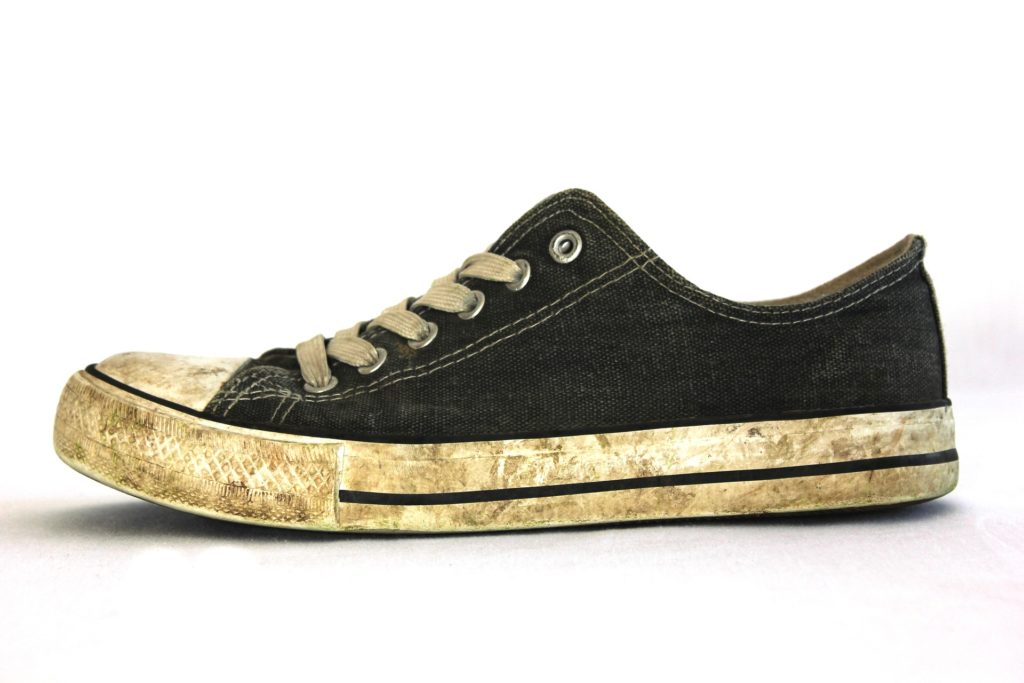Mold and Bacteria in Shoes: How Wet Shoes Can Harm Your Health

Noticed a funky smell from your kid’s shoes? Hi there, I’m Dr. Jill Crista, naturopathic doctor, mold expert, and author of Break the Mold. Wet shoes may seem harmless, but they can become a breeding ground for mold and bacteria, leading to serious health risks.
In this post, I’ll walk you through a real-life experiment, what the lab revealed, and what you can do to keep your family safe.
Why Wet Shoes Become a Mold and Bacteria Hazard
During a visit with my friend Evan, something didn’t smell right. It wasn’t just stinky feet, it was swampy. We traced it back to Evan’s shoes. Here’s why damp shoes are such a problem:
- Mold and Bacteria Growth: Damp shoes create the perfect warm, dark, and moist breeding ground for fungus and bacteria to thrive.
- Lingering Dampness: Even a week later, Evan’s shoes were still damp. That slow drying time gave microbes the chance to grow.
- Health Exposure: The soles of the feet are some of the most absorbent parts of the body. Toxins released by bacteria and mold can enter directly through the skin.
If you’re wondering what those toxins are and how they affect the body, I explain what endotoxins are, how they trigger inflammation, and exactly how to begin reversing their impact in my Endotoxin Masterclass.
Health Risks of Moldy Shoes
If your kid’s shoes smell swampy, their shoes could be making them sick. Moldy shoes can contribute to:
- Immune Suppression: Chronic exposure to mold and bacteria can wear down the immune system, making kids more vulnerable to infections.
- Allergy Triggers: Mold and bacterial toxins absorbed through the feet may lead to allergy-like symptoms, skin reactions, and inflammation.
- Behavioral and Cognitive Symptoms: Fatigue, sleep disturbances, and trouble focusing in school can all be tied to metabolic stress caused by microbial toxins.
I go deeper into these pathways and explain the role of bacterial endotoxins, including how to block, bind, and eliminate them, inside my Endotoxin Masterclass.
What Lab Tests Revealed About Moldy Shoes
Evan agreed to send his shoes to a lab. The test revealed that the shoes were hosting a fungal and bacterial load a hundred times higher than is considered safe for humans. Here’s the science:
- Mold and Bacteria Present: Lab analysis confirmed the presence of fungi and two strains of bacteria.
- Toxin Release: These microbes were actively producing toxins, which were absorbed into Evan’s body through his feet.
- High Exposure: Levels exceeded safe exposure limits for humans. This made his shoes more hazardous than a water-damaged building.
Tips to Protect Your Family from Moldy Shoes
Preventing mold exposure through shoes is simple but important. Here’s what to do:
- Check for Swampy Smells: If your kid’s shoes are smelling swampy, they might have mold or bacteria overgrowth, act fast.
- Dry Shoes Thoroughly: After exposure to rain, water, or sweat, dry shoes thoroughly before storing or wearing them again.
- Discard, Don’t Donate: Moldy shoes aren’t salvageable. Don’t pass the problem on. Just throw them away and replace them.
You can also take it a step further by applying detox strategies like bioflavonoids, bile support, and nasal biome recovery. I teach these tools in detail in the Endotoxin Masterclass.
You’re Ready to Break the Mold – and Bacteria – and Thrive!
Swampy shoes might not seem like a big deal, but they can have a serious impact on health, especially for children. By spotting the warning signs, drying shoes properly, and tossing out contaminated pairs, you can protect your family from exposure.💚 Save this guide, share it with other parents, and join my newsletter for more mold-smart recovery tips. Want to understand the science behind bacterial toxins? The Endotoxin Masterclass gives you the full roadmap to recovery.
